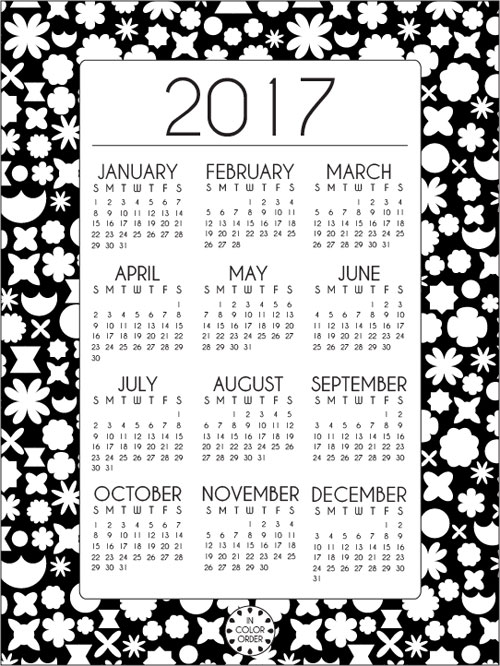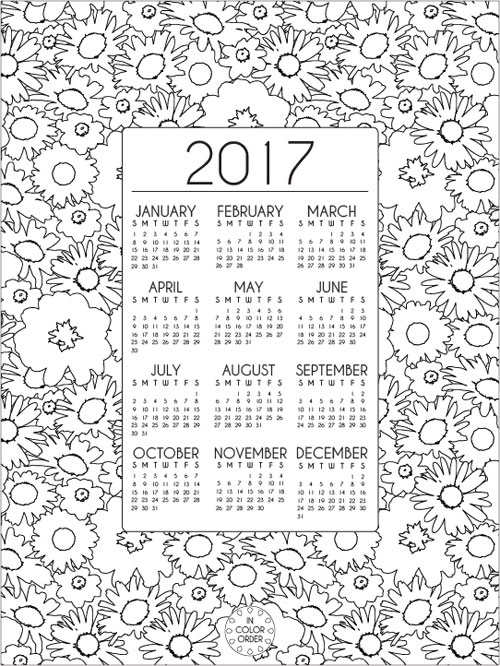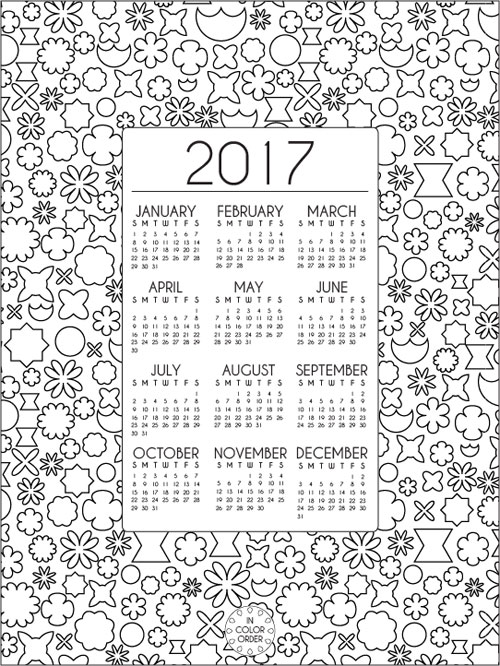
Picture this: you have just spent hours of your time and hard earned money to make a quilt, and as you finally pull it
from the wash, you discover it is covered in stains. Let me tell you, it is not fun. It seems just about every quilter has some sort of quilt disaster story to tell. Thankfully, it has been a few years since my
last quilt catastrophe (knock on wood!), but when I first started quilting, I had more than my share.

One of my worst quilt-care-gone-wrong moments was when I made my
Sherbet Pips Quilt. It was my first bed quilt, and I was making it for our new apartment. When it came to the quilting, I decided to quilt simple diagonal lines in a crosshatch design. The quilt had large sections and eyeballing the lines just would not do. So, I made the decision to draw all over my quilt with water-erasable marker to mark the lines for quilting. I am sure you can see where this story is going.

The quilting came together quickly, and then it was time to bind it and throw it in the wash to finish it up. I was so excited I did not even glance at the quilt as I tossed it from the washer to the dryer. Big mistake. As I pulled it out of the dryer an hour later, my heart sank. Not only had my lines not "erased" they had turned brown in some places, and bleached the fabric prints in others. I was crushed. My Mom and I tried half a dozen stain removers to no avail. We found some success in plain old vinegar, but not much. It was a devastating way to learn a hard lesson. As it turns out, erasable markings should be removed prior to washing with cold water, and they may react badly with stain fighting detergents.
Unfortunately, I could not completely save my quilt from its fate, and I am sure I have not seen the last of my quilt disasters. On the plus side, it forced me to be more careful with my quilts and develop a system for maintaining them. Thankfully, as time goes by my feelings of disappointment and even the stains themselves have faded some.

First things first, as soon as I finish binding a quilt, it heads straight for the wash. I use a gentle cycle, with cold water, and a gentle detergent that is perfume and dye free (my personal favorite is
Arm & Hammer for sensitive skin). I chose not to pre-wash my fabrics for quilting, so I add about half a cup of salt to the load to help prevent bleeding (this has not failed me yet!). Before heading to the dryer, I inspect
the quilt for any stains or bleeds; because once it has dried it is harder to treat. My quilt gets a tumble in the dryer on medium heat, and is then laid out on the bed to dry completely.
Tips for Good Quilt Care

These are some of the things that have helped me take care of my quilts. There are lots of other methods for good quilt care, and I don't think there is any one right or wrong way to care for a quilt. However you chose to do it, I encourage you to take the time to find a consistent method to help minimize quilt disasters and make your quilts last!
Exercise Caution when Marking

When making any marks on the right side of your fabric/quilt, be aware of how to safely remove it. As I mentioned above, the blue water-soluble markers need to be removed with cold water. The quilt should then be washed with a detergent that is free of stain-fighters. My favorite alternative marking tool is the
Clover Hera Marker (the white tool in the above photo). It creates a crease in the fabric with a little pressure, and it disappears over time and/or after being washed and dried. You could also use masking or painter's tape to mark out lines for quilting.
Treat Stains and Tears Early

Just like with clothes, treat any stains or tears in your quilt as soon as you can. The longer they sit, the more likely they'll set or you'll forget about them!
Blood, Sweat, and Tears

It's not much of a stretch to imagine poking yourself with a pin and getting blood on your quilt. It can be hard to get out with stain fighters, but a little bit of your own spit does the trick in minutes. Gross but true! I have tested this and can say it does work.
Prevent Color Bleeding

An easy way to prevent fabrics from bleeding is to pre-wash your fabrics before using them. If it's a hand-dyed fabric I'd recommend washing with
Synthrapol before using. For commercially dyed fabrics that you're nervous about bleeding (reds tend to be particularly prone to bleeding), consider treating with
Retayne. Personally, I don't like to pre-wash my quilting cotton. Instead, I throw 1/2 cup of regular table salt into the washer with my quilt when I wash it to prevent color bleeds. My Mom mentioned that my Grandmother used to do this, so I gave it a try! I don't know why this works, but I haven't had a problem since I started using salt. I have used
Shout Color Catchers in the past, but didn't find it was successful 100% of the time. Plus, salt is super cheap! Perhaps I'm living on the edge with this salt method, but so far it hasn't let me down.
Sun Protection

Quilts and people alike are prone to sun damage. Keep quilts and fabrics out of direct sunlight. You'd be surprised how little time it takes for fabrics to fade in the sun.
Proper Quilt Storage and Unfolding Quilts Periodically

If you have more quilts than you use on a regular basis, consider taking time every 6 months or so to unfold those quilts. If you can, let them lay flat for a few hours. When you refold them, fold them differently. This will help avoid permanent creases in your quilt. Amy Friend has some great tips for quilt storage and folding tips on
her blog.
Gift with Care Instructions

When giving a quilt as a gift, consider including a note with your recommended care instructions. That way the recipient will be able to care for it easily.
Add a Label

I'll admit, I'm not great at this. There are a lot of different ways to label quilts, from embroidery and hand stitched labels, to stamped or hand written labels. I like to keep it simple with a custom stamp and a hand written date. I ordered my custom stamp from
here. I use an
ink pad made for fabric, and a
gel pen for fabric. However you choose to do it, it's a nice finishing touch on any quilt.
Use Your Quilts

To me, the best way to care for a quilt is to use it. Quilts in use are less likely to get musty, or show wear or breakage due to being folded. Plus, they're probably happier!
Happy Quilting!
Disclaimer: I have made these recommendations based on my experiences with my quilts. I cannot make any guarantees that the methods I use will work in all circumstances. Please exercise caution and use your best judgement when caring for and washing your quilts.





















































